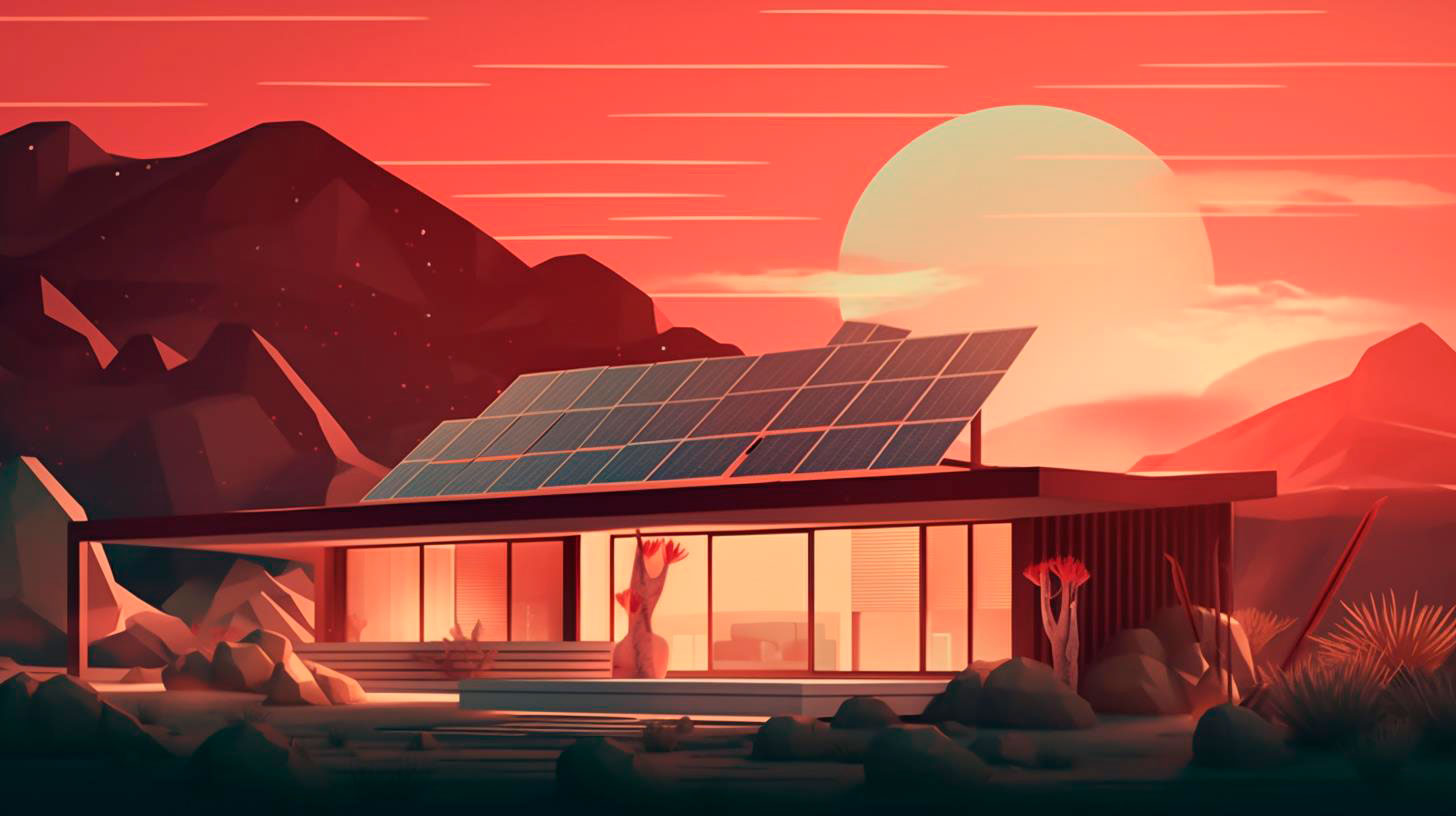Renewable Energy: A Catalyst in Mitigating Urban Heat Island Effects
As urbanization continues to rise worldwide, it becomes crucial to find effective methods to mitigate UHI effects and create sustainable urban environments.
Understanding the Urban Heat Island Effect
The UHI effect is primarily caused by human activities that alter the composition and infrastructure of cities. Factors such as the construction of tall buildings, extensive road networks, and lack of green spaces contribute to increased temperatures in urban areas.
Traditional energy sources, such as fossil fuels, further exacerbate the UHI effect. The burning of these fuels releases greenhouse gases, contributing to global warming and climate change. As a result, cities experience higher temperatures as more heat is trapped within their boundaries.
The Role of Renewable Energy in UHI Mitigation
Renewable energy offers a sustainable and effective solution for mitigating the UHI effect. By transitioning to clean energy sources, cities can reduce their carbon footprint and combat the rising temperatures in urban areas. Here’s how renewable energy can contribute to UHI mitigation:
Reduced Heat Emissions
Unlike traditional energy sources, renewable energy technologies produce minimal heat emissions during electricity generation. Solar panels and wind turbines, for example, generate electricity without contributing to local heat build-up. By relying more on these clean energy sources, cities can significantly reduce the heat released into the environment, ultimately mitigating the UHI effect.
Increased Green Spaces
Renewable energy technologies, such as rooftop solar panels and vertical wind turbines, can be integrated into the urban landscape without consuming additional space. By utilizing rooftops and vertical structures, cities can maximize their energy generation capacity while promoting green spaces. This integration enhances urban aesthetics, improves air quality, and reduces UHI effects by providing shade and moisture through vegetation.
Heat Island Cooling Systems
Renewable energy can power innovative cooling systems specifically designed to combat the UHI effect. These systems utilize technologies such as absorption chillers, radiant cooling, and evapotranspiration to lower ambient temperatures in urban areas. By utilizing renewable energy to drive such cooling technologies, cities can effectively reduce the UHI effect and create more comfortable living environments for their residents.
Key Takeaways
- Urban Heat Island (UHI) effects result in significantly higher temperatures in urban areas compared to the surrounding rural areas.
- Human activities, infrastructure, and traditional energy sources exacerbate the UHI effect.
- Renewable energy plays a crucial role in mitigating the UHI effect.
- Clean energy sources produce minimal heat emissions, reducing local heat build-up.
- Integrating renewable energy technologies can create additional green spaces and promote urban aesthetics.
- Renewable energy can power innovative cooling systems to combat the UHI effect and enhance livability.
In conclusion, renewable energy serves as a catalyst in mitigating the Urban Heat Island effect. By adopting clean energy sources, cities can reduce heat emissions, increase green spaces, and power innovative cooling systems. Implementing such measures not only mitigates the UHI effect but also enhances the overall quality of urban life. As cities continue to grow, prioritizing renewable energy becomes essential for building sustainable and resilient urban environments.
For further information on urban sustainability and renewable energy, visit EPA.gov.
